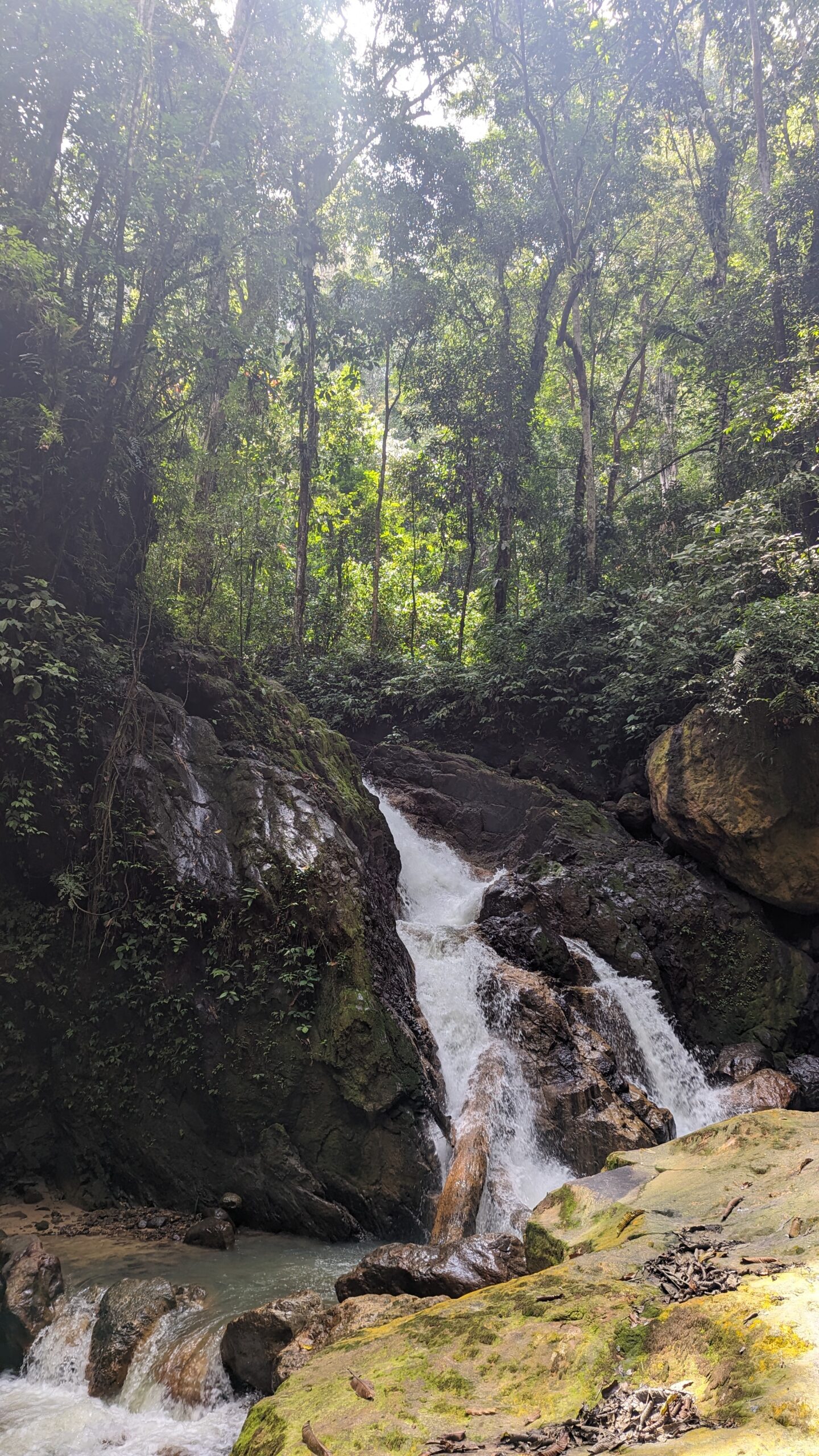The Sumatran jungle is a world unto itself, renowned for its exceptional biodiversity and lush landscapes. Unlike any other rainforest on Earth, this Indonesian rainforest ecosystem treasure holds a unique blend of flora and fauna, some of which are found nowhere else. From critically endangered species to vibrant plant life, Indonsian rainforest ecosystem is a natural marvel and a vital component of global biodiversity. In this article, we’ll delve into why Sumatra’s jungle is so unique and why it’s crucial to conserve this irreplaceable habitat.
- A Diverse Range of Habitats
Sumatra’s jungle is not a single, uniform environment. It’s a patchwork of ecosystems, including lowland rainforests, mountain forests, swamps, and rivers. This diversity of habitats provides homes for a wide variety of species, each adapted to different conditions.
Lowland Rainforests: Rich in plant diversity, this part of the jungle supports large mammals, birds, and reptiles, thanks to its warmer and wetter climate.
Montane Forests: Located at higher altitudes, these cooler forests house unique species like the Sumatran striped rabbit and are a haven for rare flora.
Peat Swamps and Mangroves: These waterlogged areas are critical for carbon storage and serve as habitats for amphibians, fish, and unique plant species.
This varied topography allows Sumatra to support a level of biodiversity that is difficult to find in less varied ecosystems.
- Endemic Species Found Nowhere Else
Sumatra’s jungle is home to many endemic species—species that live only in this region and nowhere else on Earth. The Sumatran tiger, rhino, and orangutan are some of the most iconic, but there are many more lesser-known endemic species.
Sumatran Orangutan: One of the two orangutan species in Indonesia, these gentle primates are critical for forest health as they help disperse seeds.
Sumatran Rhinoceros: The smallest rhino species and critically endangered, these solitary animals are vital for nutrient recycling in their habitat.
Unique Flora: Sumatra is also home to the Rafflesia arnoldii, the world’s largest flower, and the Amorphophallus titanium, or “corpse flower,” which emits a strong odor to attract pollinators.
Each endemic species plays a unique role in the jungle’s delicate ecological balance, contributing to the Indonesian rainforest’s ecosystem.


- An Abundance of Rainforest Flora
Sumatra’s jungle is a living library of plant species. The rainforest supports a multitude of trees, plants, and flowers, many of which have adapted unique traits to thrive in the jungle’s challenging conditions.
Dipterocarps: These towering trees form the canopy layer and support many species of epiphytes and animals.
Medicinal Plants: The Sumatran jungle is rich in plants with medicinal properties, used for centuries by indigenous communities.
Carnivorous Plants: The humid climate is ideal for unique plants like pitcher plants, which have evolved to trap insects for nutrients.
The diversity of plant life is not only visually stunning but also essential for maintaining the Indonesian rainforest ecosystem.
- A Vital Carbon Sink
One of the reasons Sumatra’s jungle is so important on a global scale is its role as a carbon sink. The dense vegetation and peat swamps absorb large amounts of carbon dioxide, helping to mitigate climate change.
Peatland Forests: These areas store up to ten times more carbon than other types of forests, making them crucial in the fight against climate change.
Canopy Layer: The dense canopy of large trees not only captures carbon but also moderates temperature and helps regulate the water cycle.
Preserving the Sumatran jungle is not just about protecting wildlife; it’s about maintaining a critical component of Earth’s natural carbon balance.
- Threats to Sumatra’s Biodiversity
Despite its ecological importance, Sumatra’s jungle faces serious threats that endanger its biodiversity. Deforestation, illegal logging, and land conversion for palm oil plantations have led to severe habitat loss and fragmentation.
Deforestation for Palm Oil: Sumatra is one of the world’s largest palm oil producers, and the expansion of palm oil plantations has resulted in massive deforestation.
Wildlife Poaching: Rare species like the Sumatran tiger and rhino are at risk due to poaching for the illegal wildlife trade.
Climate Change: Rising temperatures and altered rainfall patterns threaten to disrupt the delicate balance of the Indonesian rainforest ecosystem.
Protecting Sumatra’s jungle is a race against time, and conservation efforts are essential to prevent the loss of its unique biodiversity.
Conservation Efforts and Responsible Tourism
Several organizations are actively working to preserve the Sumatran jungle, focusing on anti-poaching efforts, habitat restoration, and sustainable land use practices. Responsible tourism also plays a vital role; by supporting eco-friendly tour operators, visitors contribute directly to the protection of the rainforest.
Eco-Tourism Initiatives: Choose tours that prioritize conservation and educate tourists about the ecosystem.
Supporting Local Communities: Sustainable tourism provides income to local communities, reducing the need for harmful practices like logging.
When you visit Sumatra’s jungle responsibly, you help support conservation efforts and provide a future for the unique species that call it home.
The jungle of Sumatra is more than just a forest—it’s a vital ecosystem filled with extraordinary biodiversity that is both beautiful and essential to our planet’s health. From endemic species to diverse habitats, Sumatra’s jungle offers an unparalleled natural experience. However, its unique biodiversity faces constant threats, and preserving it requires a global effort. By exploring responsibly, supporting conservation, and raising awareness, we can help ensure that Sumatra’s jungle remains a thriving haven for its remarkable biodiversity for generations to come.
